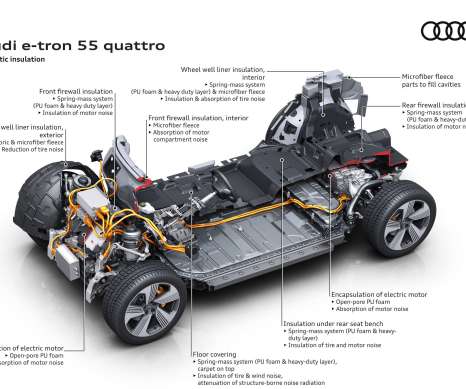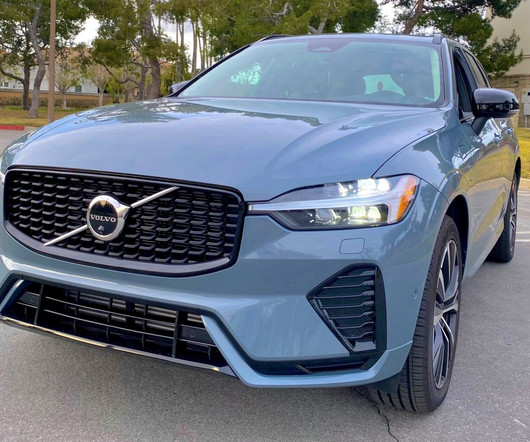2019 Porsche Cayenne E-Hybrid PHEV debuts; third new Porsche hybrid powertrain since 2017
Green Car Congress
MAY 2, 2018
The newly introduced 2019 Porsche Cayenne E-Hybrid makes significant advancements over both the standard Cayenne and the preceding Cayenne S E-Hybrid ( earlier post ) it replaces, including more power, quicker acceleration, a faster top speed, and increased electric-only range. Acceleration from zero to 60 mph happens in 4.7
















Let's personalize your content